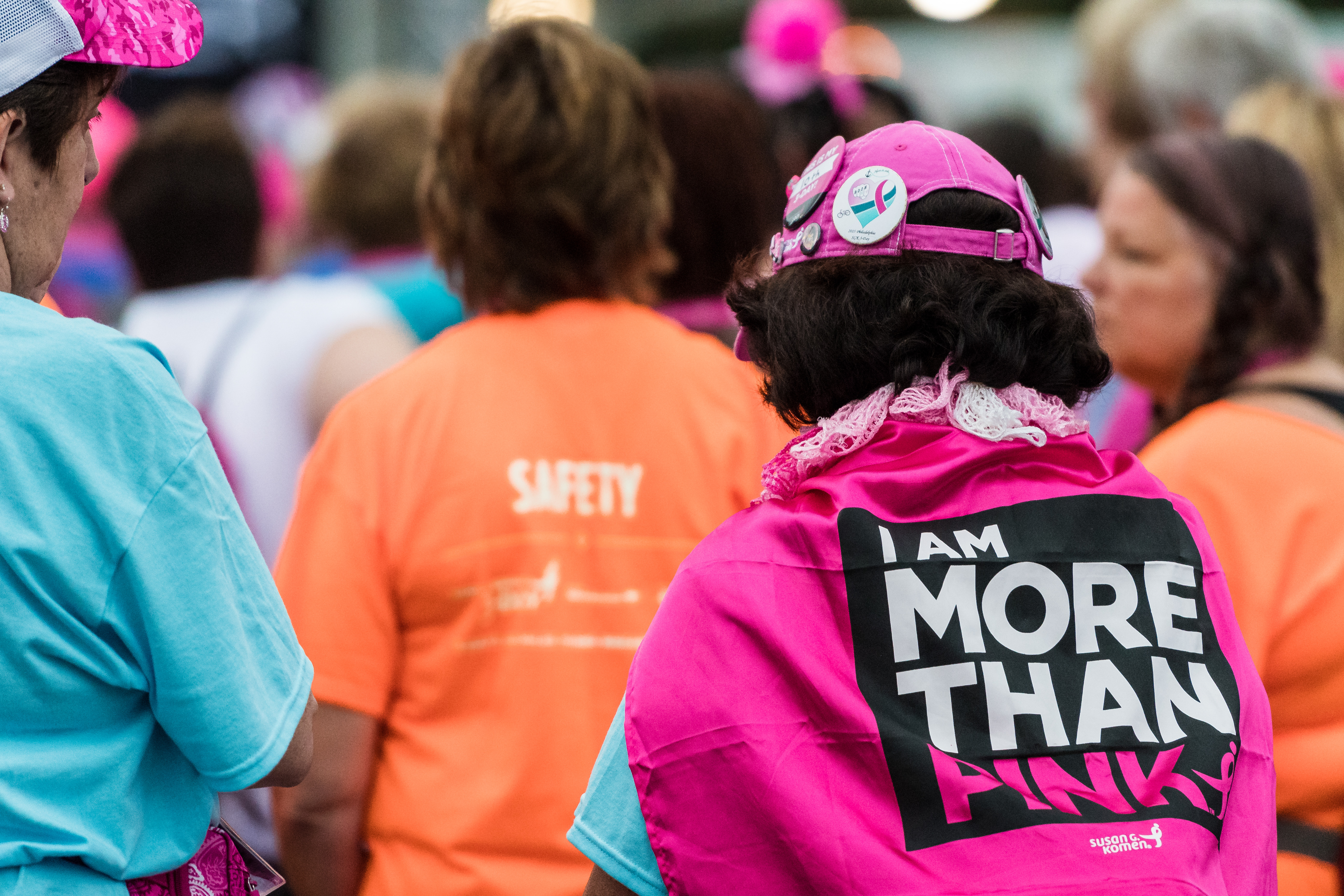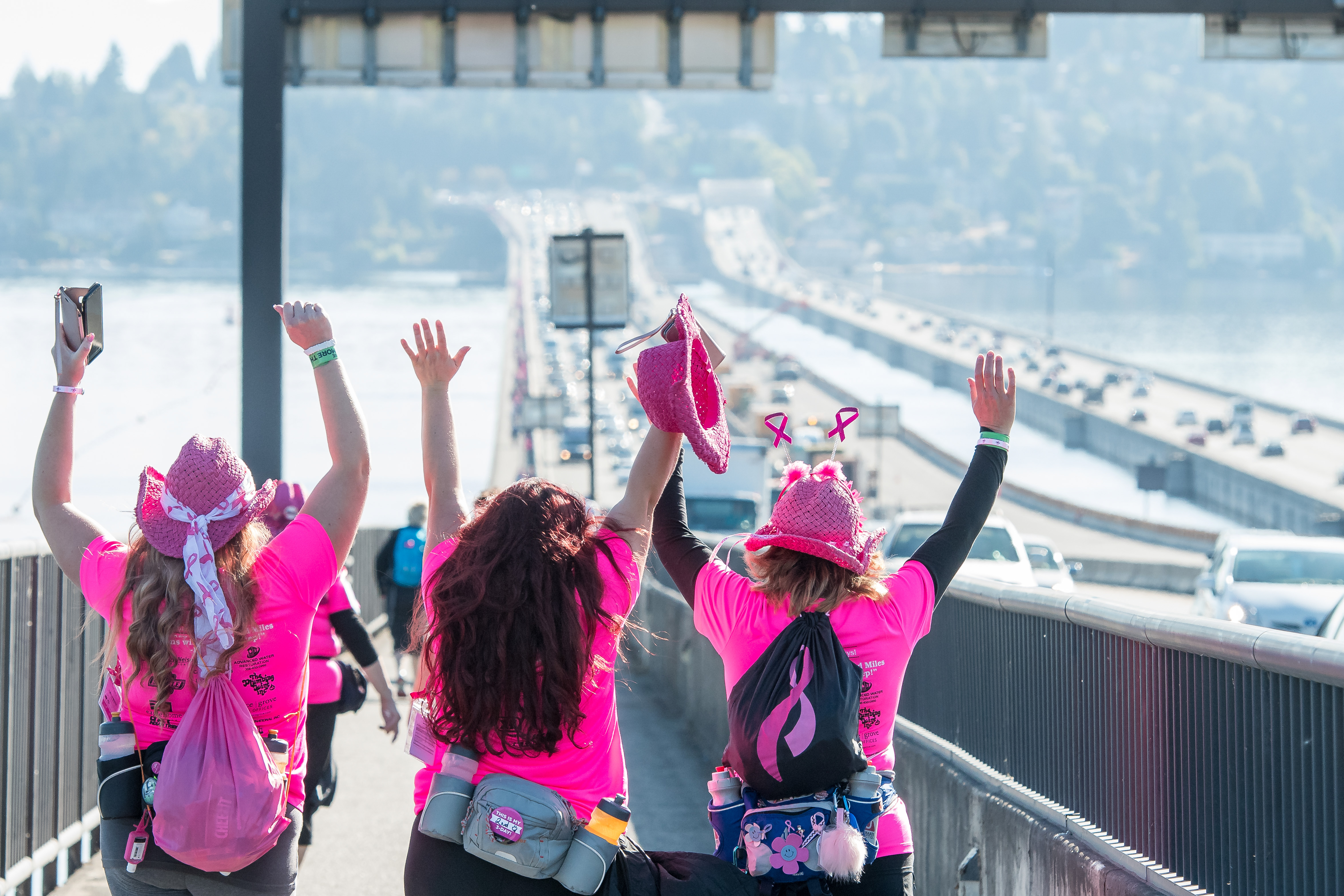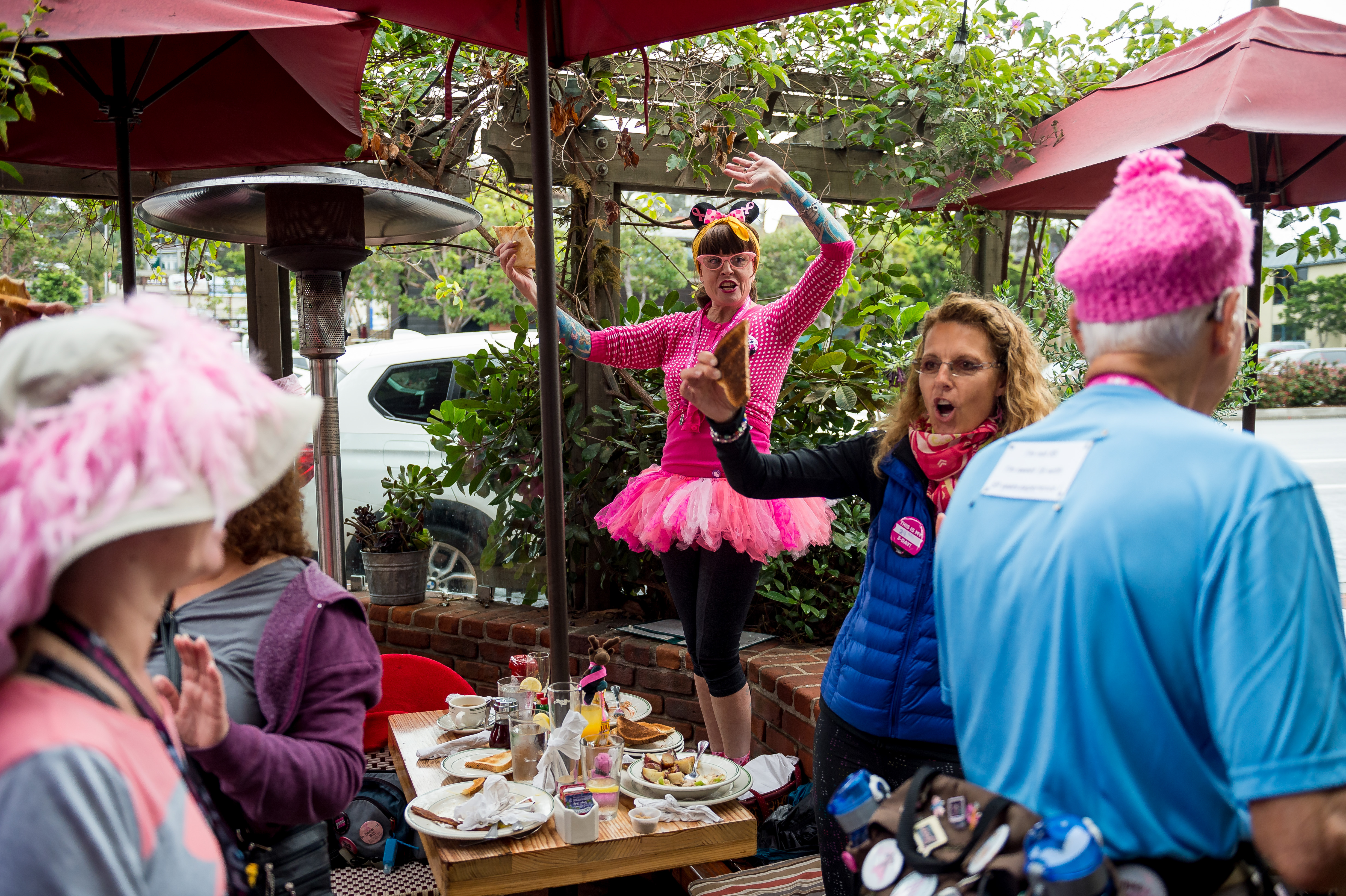
Planning a 60-mile journey is no small feat, especially for hundreds of people in different cities across the country. That is the magic of the 3-Day! For three days, we take over major metropolitan cities like Atlanta, Philadelphia, Seattle, and more, to walk 60 miles towards a cure for breast cancer. One of the many benefits of spending 60 miles on your feet is in how the 3-Day route is a showcase of the amazing host cities we call home for a few days each year.
Planning that route goes on all year long, and involves many people, working to get our 3-Day routes ready. There’s a lot going on behind the scenes!
This applies to all our 3-Day cities, but we asked the Seattle Coaches, Gayla and Liz, our amazing crew & Volunteer Coordinator Libby, as well as our Event Planning Manager, Ann, to give us an in-depth look at how they work to make every step of the 60-mile journey challenging but fun, all while showing off the best of our host cities.

Planning the Route
Every city is different, and that’s why the elements of the 3-Day route look and feel different in each of our host cities. We base our route on the natural scenery, beauty, and attractions of the host city, but we also must be ready for the route to change based on factors like construction and local events. Can you imagine if we didn’t walk through Gas Works Park in Seattle or stroll past the Rocky Steps in Philadelphia?
What about those parts of the route that aren’t exactly scenic, but unavoidable, like hills? We work very hard to eliminate and minimize hills along our route. This is especially true in hilly cities like Seattle, which is nestled in the beautiful foothills of the Cascade mountains, surrounded by water, islands and bridges. These features provide for unique challenges in the planning process while attempting to achieve the flattest possible path. The beautiful terrain doesn’t provide many flat options in and around Seattle, however, in cases where we cannot go entirely flat, we work with the terrain to the best of our ability. Whenever we are designing the route in any city, we look at different options to get from one place to another, and try to always choose the least hilly or steep path.
However, when a hill is unavoidable because we need to get out of a valley or our route options are limited by construction, sidewalk availability, or city requirements, we look at ways to break the hill up as much as possible. This can include employing a “switch back” technique that breaks the hill up into several smaller, less steep hills whenever possible. Essentially, we try to stair-step our way up the hills.

No matter what 3-Day city you are walking, proper training is always essential. As we work to plan the best route possible, you should do prep work as well. Try to find a route with some hills and stairs to help prepare for the possibility that they will occur during any event.
Also, check the website for training walks that are being hosted in your area. They are a great way to get ready for the event while meeting and talking to other walkers!

Involving the Community
Our local teams are already working hard to get businesses along the route to cheer our walkers on, so everyone will feel the constant support from the community. If you have any recommendations or connections along the route, send contact information to your local Coaches. And if you have friends, neighbors and longtime donors who are local, talk with them about setting up a cheering station. The work with communities is continual throughout the year and we have dedicated volunteers (some of them walkers and crew members) who work on community involvement year-round, but while we do our best to line the route with all the support we can, we cannot do it alone!
You can also help by sharing these documents with local businesses, neighborhood associations, clubs, teams, church groups, etc., and by contacting your local coaches at 800-996-3DAY, (Hey, Seattle! Liz and Gayla are at Option 7) or on their coaches Facebook pages to volunteer to help so we can get an early start on lining the route with support.

Leading the Way
Our Route Team works tirelessly to make sure the route is as clearly marked as possible. We never want a 3-Dayer to feel lost! However, because we mark the route the day before, the signage is vulnerable to changes. That’s why we are always on alert during each 3-Day weekend, and why we also make changes every year based on walker experiences.
For example, last year, Seattle signs were removed and altered by the public in many places, especially along trail sections, which caused confusion and frustration for walkers — and hey, we get it! That’s a huge bummer, especially when it means being on your feet for any longer than you have to be.
To address this problem, this year we will rely on staff members to confirm placement of all signage in the early hours before we open the route for walkers. We will also utilize Route Safety crew members to check each section of the route before the walkers pass through and increase our Route Safety presence and signage along foot paths and areas of high traffic.

If you have feedback on any part of your 3-Day route, community involvement, or anything about your experiences, please make sure to include those in your post-event surveys! We work hard to make sure every aspect of your 3-Day experience is the best it can be, all year long.
We are putting in that work now, and always, because we know how important your 60 miles are. Every step you take is important to us because every step is another one towards a world without breast cancer. Thank YOU, participants for walking with us, for giving your time and energy, and for being the best part of the 3-Day experience.





